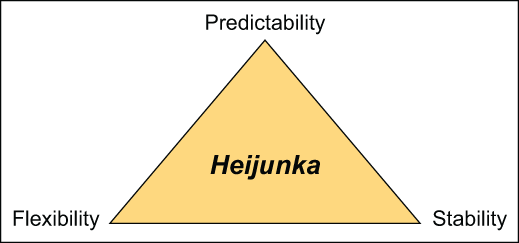One of the greatest challenges of project management is maintaining top-down support in the face of fluctuating priorities. If you elect to take on the role yourself and are peppered by other priorities, it can be a challenge to exactly remember why you are changing things and what your goals are. Sometimes you may not even notice you have reached your goal.
The Benefits Realisation Chart-room
The Benefits Realisation Model is a framework on which to hang key elements of any project. These traditionally include the following, although yours may not necessarily be the same:
- Definition of the project goal
- Quantification of intended benefits
- Project plan versus actual progress
- How you know you reached your goal
- Quantification of actual benefits
Another way of describing Benefits Realisation Frameworks is they answer four fundamental questions that every project manager should know by heart:
- What am I going to do?
- How am I going to do it?
- When will I know it’s done?
- What exactly did I achieve?
The Benefits Realisation Promise
An astounding number of projects fail to reach completion, or miss their targets. It’s not for nothing that the expression ?after the project failed the non-participants were awarded medals? is often used in project rooms. We’re not saying that it is a panacea for success. However it can alert you to warnings that your project is beginning to falter in terms of delivering the over-arching benefits that justify the effort.
When Projects Wander Off-Target
Pinning blame on participants is pointless when project goals are flawed. For example, the goals may be entirely savings-focused and not follow through on what to do with the windfall. At other times realisation targets may be in place, but nobody appointed to recycle the benefits back into the organisation. This is why a Benefits Realisation Framework needs to look beyond the project manager?s role.
Realisation Management in Practice
If the project framework does not look beyond the project manager?s role, then it is over when it reaches its own targets ? and can even run the risk of being an event that feeds entirely off itself. In order to avoid a project being a means to its own end, this first phase must culminate with handover to a benefits realisation custodian.
An example of this might be a project to centralise facilities that is justified in terms of labour savings. The project manager?s job is to build the structure. Someone else needs to rationalise the organisation.
In conclusion, the Benefits Realisation Framework is a useful way of ensuring a project does not only achieve its internal goals, but also remains a focus of management attention because of its extended, tangible benefits.


